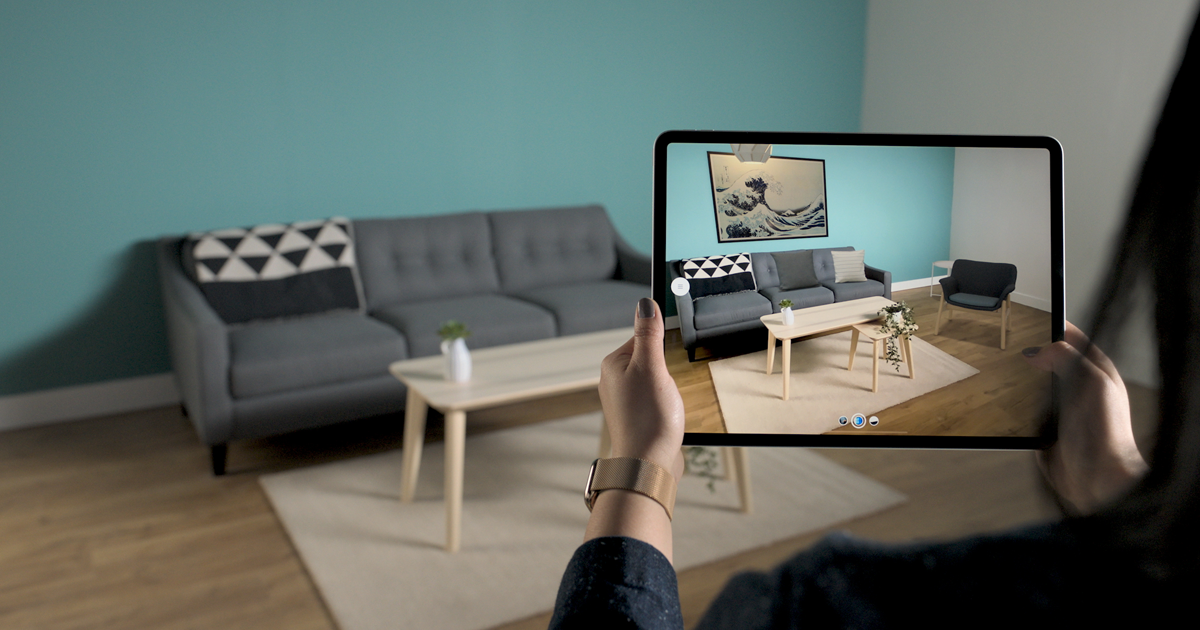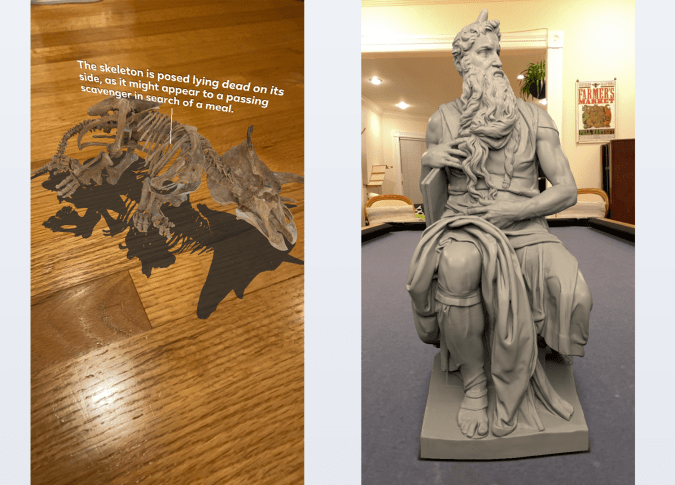Popular Platforms Utilizing Augmented Reality
Instant camera translation: Translate text in images instantly by just pointing your camera (94 languages)
The Perot Museum of Nature and Science Celebrates Dinosaurs with Snapchat AR Fun.

Instagram adds AR exhibits from the Smithsonian to its camera.
The effects are part of Instagram’s Spark AR platform, which has also enabled beauty brands to create AR try-on experiences, and viral user-created filters. Though the AR exhibits provide a way for people to access museum content when they’d otherwise be stuck at home during the pandemic, Instagram notes the feature also allows users to get a much closer look at exhibits than they would with an in person visit since you can use the Instagram cameras to zoom-in on various angles of each item.
The first big break for AR was the "Pokémon GO" game, released in 2016 with a feature that let players see virtual Pokémon standing in front of them, ready to be captured and played with. Now, technology companies like Microsoft and Mozilla – the company behind the Firefox browser – and even retail businesses like IKEA and Lego are exploring the potential of AR.

Apple has the world's largest AR platform, with hundreds of millions of AR‑enabled devices, as well as thousands of AR apps on the App Store.

